“A community of professionals who are open minded and keen to try new methods in their profession can improve the results of their work.” – Àgueda Gras-Velázquez
How can Educators keep up and collaborate with the newest trends in STEM education making use of the best tech and tools available to them in the 21st century?
Here’s an innovative platform in Europe.
Scientix is an online portal service available in all official languages of the European Union. On average, the service gets around 12,000 visitors every month and currently has more than 10,000 active users who are fully registered, meaning they have created a personal profile on the website. In addition to an extensive online community, the portal provides 500 Scientix Ambassadors who are teachers based in over 40 countries around the world, as well as a network of 18 Ministries of Education and 9 National Contact Points for STEM education in Europe.
Dr. Àgueda Gras-Velázquez is the Science Program Manager of European Schoolnet (EUN). As Head of the Science Education Department at EUN, she is in charge of overseeing and coordinating all the Math and Science projects in which EUN is involved. Additionally, Agueda is in charge of the day-to-day management of Scientix.
Agueda joins us in The Global Search for Education to talk about collaborative STEM Education for a 21st Century world.
“The creation was inspired by the will to promote and support a Europe-wide collaboration among teachers, education researchers, policymakers, and other STEM education professionals.” – Àgueda Gras-Velázquez
What inspired the creation of Scientix and what do you believe are your greatest accomplishments to date?
Scientix started at the end of 2009 as an initiative of the European Commission. It has been coordinated by European Schoolnet (a Brussels-based network of 34 ministries of education). The creation was inspired by the will to promote and support a Europe-wide collaboration among teachers, education researchers, policymakers, and other STEM education professionals. By 2012, Scientix had built an online portal to collect and present European STEM education projects and their results, and had held the first Scientix conference in Brussels. Since then, we have expanded the community to the national level, reaching out to national teacher communities and so contributing to the development of national strategies for wider uptake of innovative approaches to science and maths education.
Walk us through the Scientix model.
Scientix acts like a match-making tool allowing researchers, policy makers, project managers, and teachers to connect with each other as part of the Scientix community (teachers and other education professionals) and collaborate on their STEM education projects and initiatives. The project engages with national communities of STEM professionals organising national workshops, webinars and other activities. Scientix also has a Teacher Panel – The Scientix Ambassadors – who promote and inform about Scientix to science and mathematics teachers across Europe. This Panel is made up of around 500 ambassadors from over 38 countries. They present Scientix in schools and national teachers associations, on conferences and workshops, and can advise teachers how to get involved in European collaboration in STEM. They also assist in developing and testing various tools and services of Scientix and ensure the pedagogical quality of the Scientix repository.
How student centered is your model? What’s the role of the teacher?
While the project connects professionals, it impacts students. The role of the teacher is to make subjects simple, engaging, easy to understand and fun to learn. Some kids develop a fear of science because in the beginning they are not able to grasp the concepts thoroughly, so it is important for the teachers to be supportive.
“While the project connects professionals, it impacts students.” – Àgueda Gras-Velázquez
Can your approach work for other subjects?
Yes, this can work for any Science, Technology, Engineering and Mathematics subject, as long as there are professionals who are happy to connect, work together to build an active community and explore new methods of teaching.
Share an example of a large-scale STEM project you’ve recently produced?
A large-scale STEM project that has made extensive use of our services is Hypatia, coordinated by the NEMO Science Museum in Amsterdam, the Netherlands. As a first step, the project was submitted to us with a request to be published on our online portal. We reviewed the information that was submitted to us about the project and once we approved it, we published a basic profile with information about the project in 8 languages on our website. Following this, everyone who was involved in the project could upload resources to be published as part of our online repository. In total, the project has uploaded 1 report and 48 teaching materials in various languages to us, as you can see on the project’s profile here.
Many of the resources that have been uploaded as part of the Hypatia project are also eligible for our translation on demand service, because the project’s partners have also provided us with editable versions of their resources. Some of those resources have already been translated by us free of charge. We offer translations into more than 30 European languages.
What lessons can we learn from Scientix?
A community of professionals who are open minded and keen to try new methods in their profession can improve the results of their work. It is important to take advantage of technology that allows new ways of learning and sharing experience. For example, Scientix organizes Massive Open Online Courses (MOOC) – a series of online training activities that are made accessible over the Internet to great numbers of people.
C M Rubin and Dr. Àgueda Gras-Velázquez
Join me and globally renowned thought leaders including Sir Michael Barber (UK), Dr. Michael Block (U.S.), Dr. Leon Botstein (U.S.), Professor Clay Christensen (U.S.), Dr. Linda Darling-Hammond (U.S.), Dr. MadhavChavan (India), Charles Fadel (U.S.), Professor Michael Fullan (Canada), Professor Howard Gardner (U.S.), Professor Andy Hargreaves (U.S.), Professor Yvonne Hellman (The Netherlands), Professor Kristin Helstad (Norway), Jean Hendrickson (U.S.), Professor Rose Hipkins (New Zealand), Professor Cornelia Hoogland (Canada), Honourable Jeff Johnson (Canada), Mme. Chantal Kaufmann (Belgium), Dr. EijaKauppinen (Finland), State Secretary TapioKosunen (Finland), Professor Dominique Lafontaine (Belgium), Professor Hugh Lauder (UK), Lord Ken Macdonald (UK), Professor Geoff Masters (Australia), Professor Barry McGaw (Australia), Shiv Nadar (India), Professor R. Natarajan (India), Dr. Pak Tee Ng (Singapore), Dr. Denise Pope (US), Sridhar Rajagopalan (India), Dr. Diane Ravitch (U.S.), Richard Wilson Riley (U.S.), Sir Ken Robinson (UK), Professor Pasi Sahlberg (Finland), Professor Manabu Sato (Japan), Andreas Schleicher (PISA, OECD), Dr. Anthony Seldon (UK), Dr. David Shaffer (U.S.), Dr. Kirsten Sivesind (Norway), Chancellor Stephen Spahn (U.S.), Yves Theze (LyceeFrancais U.S.), Professor Charles Ungerleider (Canada), Professor Tony Wagner (U.S.), Sir David Watson (UK), Professor Dylan Wiliam (UK), Dr. Mark Wormald (UK), Professor Theo Wubbels (The Netherlands), Professor Michael Young (UK), and Professor Minxuan Zhang (China) as they explore the big picture education questions that all nations face today.
The Global Search for Education Community Page
C. M. Rubin is the author of two widely read online series for which she received a 2011 Upton Sinclair award, “The Global Search for Education” and “How Will We Read?” She is also the author of three bestselling books, includingThe Real Alice in Wonderland, is the publisher of CMRubinWorld and is a Disruptor Foundation Fellow.
Follow C. M. Rubin on Twitter: www.twitter.com/@cmrubinworld

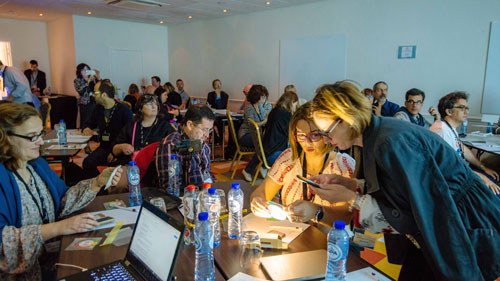
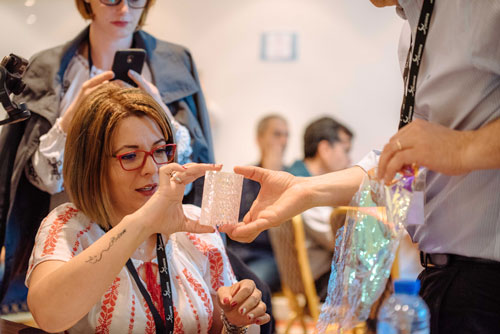
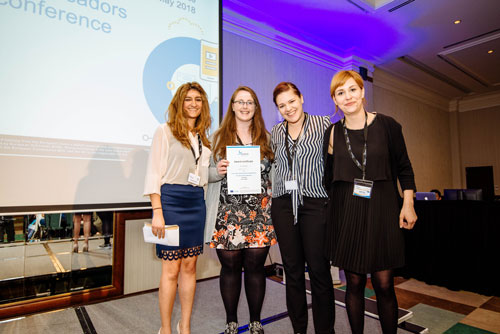
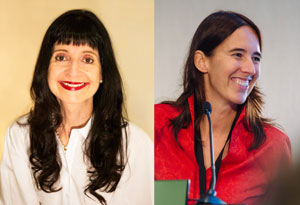
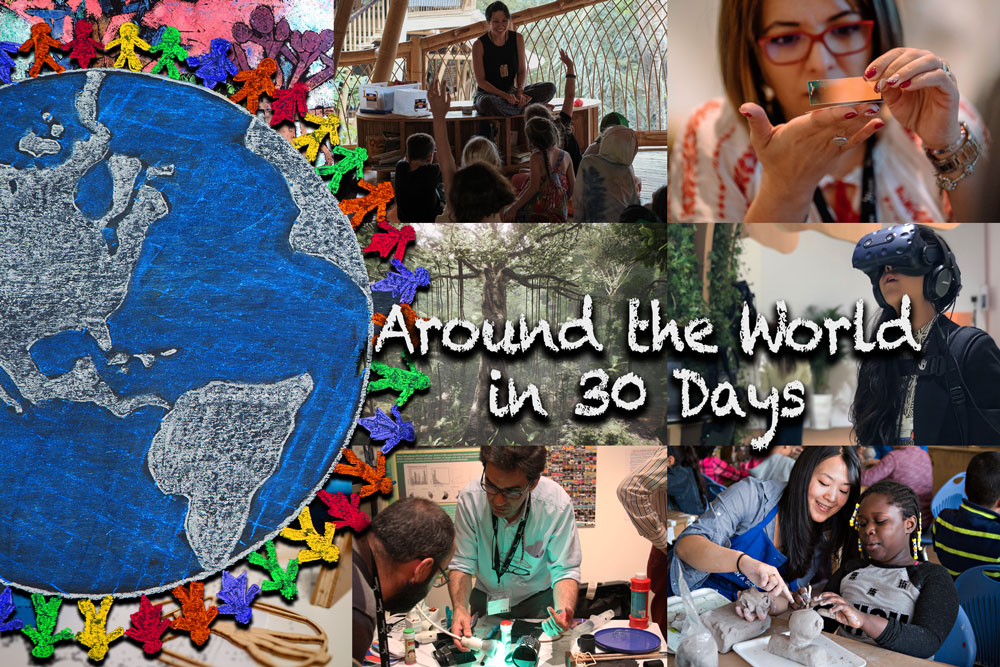


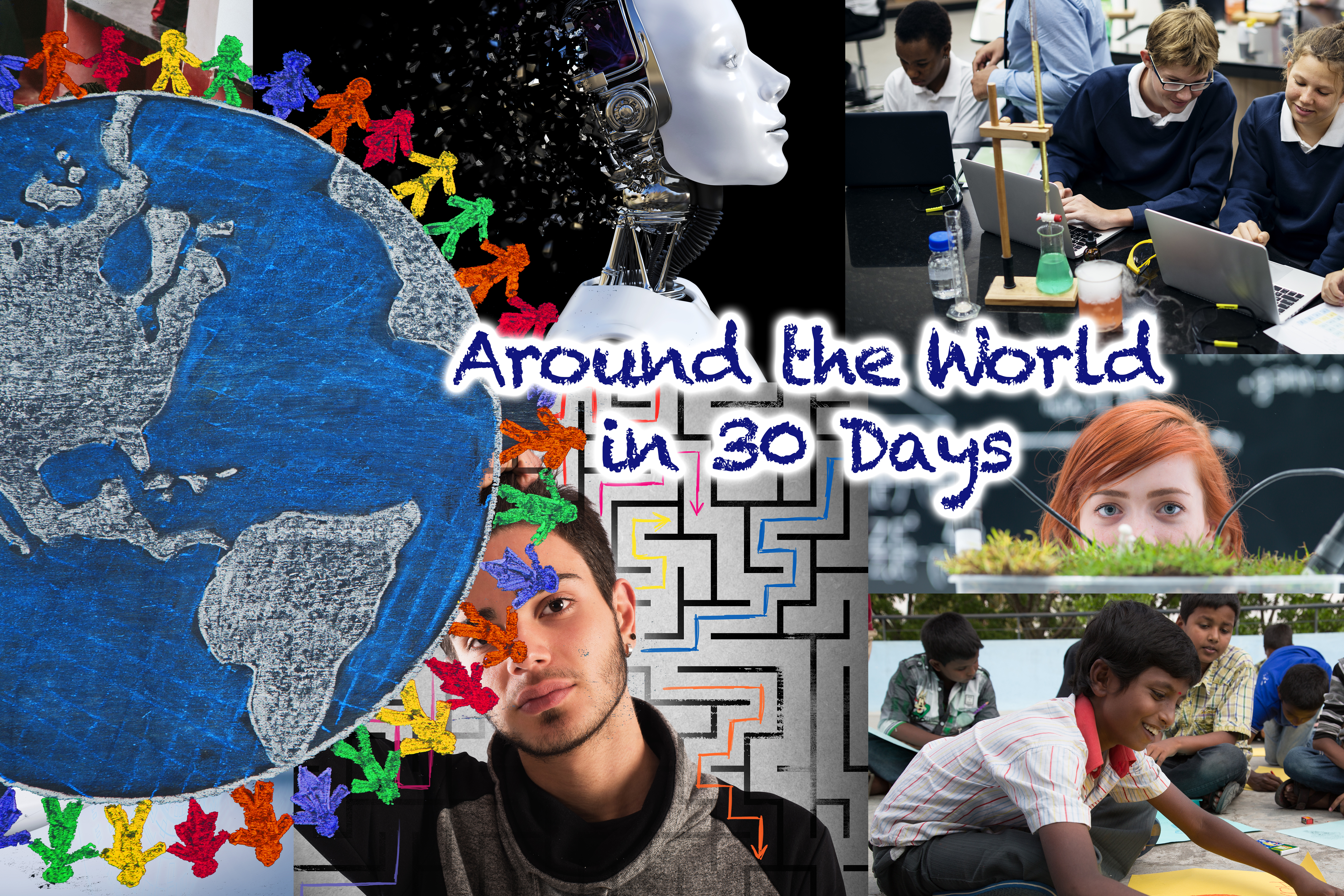
Recent Comments